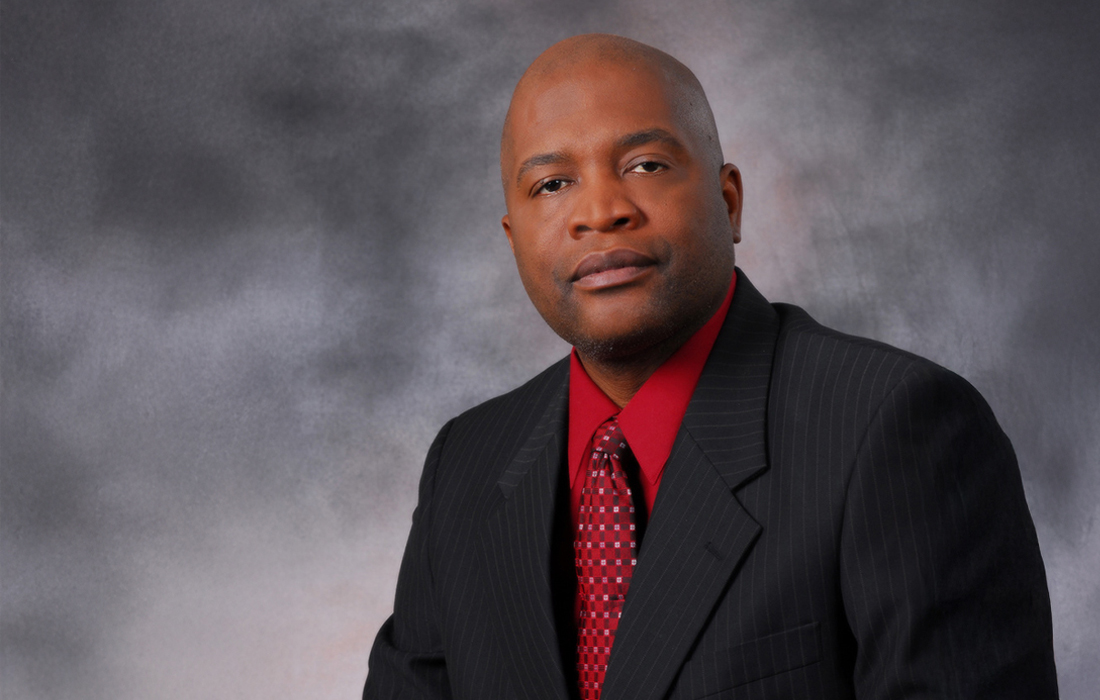
16 Mar Interview with Hayden Newton, General Manager, Airports Authority of Trinidad and Tobago Airport Authority
Could you provide an introduction to the Airports Authority of Trinidad and Tobago (AATT)? Piarco International Airport and ANR Robinson are the two main airports for Trinidad and Tobago. How do the two airports interact with each other and how does the AATT oversee them both?
The AATT manages two airport estates: Piarco International Airport in Trinidad, the larger airport and ANR Robinson International in Tobago. We ensure safe and secure aviation services for the nation while operating on a commercial basis. AATT is a government-owned entity, a statutory corporation and we play a key role in negotiating with airlines and ensuring that airport facilities are efficiently managed to maximize revenue. While Piarco is the larger and more well-known airport, we are focusing on the development of ANR Robinson International. By the first quarter of 2025, we will introduce two terminals at ANR: the west terminal, dedicated to general aviation, cargo and fixed-base operations and the new east terminal, which will handle domestic and international traffic. The new terminal will feature modern, state-of-the-art facilities, including loading bridge and cutting-edge LED technology.
We ensure both airports receive the attention they deserve. Although Tobago’s airport is smaller, the new terminal is extensive and its footprint is significant. The domestic traffic between Trinidad and Tobago sees nearly a million passengers annually so although most traffic to Tobago is indeed domestic, there is plenty of it. We are trying to get more international airlines from Asia and Europe like Condor Airlines. At the Routes World conference in Bahrain in October 2024, we promoted Tobago as a destination. Post-COVID, Caribbean Airlines operates 24 flights daily between Piarco and Tobago on ATR planes, so when you put it in the Caribbean context, Tobago is a busy airport, though mainly for domestic travel.
How are you leveraging the new terminal to promote Trinidad and Tobago to airlines?
We’re currently in discussions with both traditional and new airlines to encourage them to return or enter Tobago. The main challenge isn’t the facilities — new terminals are coming — but rather the limited hotel room stock. Many carriers need more large-scale accommodations for international flights. Tobago’s tourism is more boutique, with smaller hotels and guest houses, but even before COVID, we had more airlines, including Virgin, Sunwing and Scandinavian Airlines while Caribbean Airlines (CAL) flies twice weekly between JFK and Tobago and also to Barbados. Other regional airlines, like InterCaribbean, are interested in routes to Guyana and Barbados through Tobago.
The Airports Authority, along with tourism agencies, is actively working to boost international traffic to Tobago. We were represented at the World Travel Market in the UK in November 2024 to promote air services agreements, particularly for Tobago. We promoted Trinidad, but we will be focussing especially on Tobago. We are advised that a new direct flight from Miami to Tobago operated by CAL is planned for 2025. At the Routes conference, we also discussed WestJet’s previous involvement with Sunwing and we discussed GOL’s potential return to both Piarco and ANR Robinson because right now other that CAL, Copa Airlines is the only passenger airline which operates from Piarco International Airport to Latin America and there is room for another carrier. We are having significant conversations with Avianca too for Piarco, both passengers and cargo. A direct flight from Toronto to Tobago is also being explored. While Toronto flights currently operate several times a week to Piarco with CAL, the plan is to have at least one or two weekly flights directly to Tobago.
What insights can you share from your recent trip to the Routes World conference in Bahrain?
We have significant opportunities with Canadian, Latin American, European and Middle Eastern carriers, all of whom we met. Minister Sinanan recently signed air service agreements with Qatar and the UAE and we’re finalizing one with Saudi Arabia. The Saudi Air Connectivity Program met with us and they’re considering routes connecting Saudi to Trinidad with an intermediary stop. Riyadh Air is interested too.
We also met with Emirates, who are exploring linking Piarco with South and Latin America, now that an air services agreement has been signed. They’re reviewing data and metrics to make decisions, but connectivity is improving. For example, Emirates now operates flights from Miami to Bogotá, so they are looking at Miami and then Trinidad. Emirates are looking at code sharing with other airlines to fly into Trinidad, as is Qatar Airways. Given Trinidad’s significant Muslim population, with many traveling annually for Hajj and Umrah, the demand for flights to the Middle East is notable.
Piarco International Airport has won awards for best airport staff in 2024 and best in the Caribbean in 2023. What contributes to this ongoing success?
Our primary focus is on customer service. We benchmark against top standards, including Skytrax and Air Service Quality surveys, to continually improve. Piarco International, after 20 years, requires facility upgrades to stay competitive globally. We’ve sought significant capital investment from the government for a renewal plan over the next two to three years. We’re also exploring funding from international agencies like UK Export Finance. We especially want to improve facilities for transit passengers and expand security checkpoints. We’re collaborating with government stakeholders to modernize the airport, with plans to introduce digital equipment in the near future which we have advocated for many years.
What is the status of the North Aviation Park opposite Piarco and the new Marriott?
Two key developments are underway. The Marriott project faced initial financing challenges with local banks, but they’ve now secured additional funding from Small Enterprise Assistance Funds (SEAF), a venture capital firm from Washington DC. Although it was delayed, construction will soon begin
In addition, we’ve also extended the time for response to a Request for Proposals for lands adjacent to the Piarco Terminal, until mid-November allowing more time for bidders. This project is expected to include; Cargo Operators, Maintenance Repair and Overhaul Operations and Warehousing. Developing the 400 hectares of land around Piarco is crucial for the Authority’s plans for monetizing its assets. This land could support future expansions – it extends from the north terminal to the highway. There is also space for a second runway as passenger demand grows.
You’ve just inaugurated the solar park at Piarco International Airport, which currently offsets four percent of electricity usage, with a long-term goal of 30 percent. What steps are you taking to achieve this?
We’re currently developing several sustainability initiatives. First, we plan to expand our solar park and install solar panels on Airport Authority buildings and the car park. Initially, we aimed for an eight percent solar contribution with EU grant support, but COVID-19 reduced that to about 4.3 percent. We intend to reach 30 percent soon, with projects at both Piarco and ANR airports.
That is not the only thing we’re doing for sustainability. In Tobago, we’re implementing LED lighting and rainwater harvesting to support sustainability. We aim to comply with the International Civil Aviation Organization’s guidelines on reducing our carbon footprint and the Paris Accord on environmental protection. The Airport Authority is committed to sustainability, with a dedicated unit under our Projects Manager focusing on these initiatives. While our current roofing isn’t suitable for solar panels due to age, we plan to upgrade it and install solar at our aviation training center in Mausica. Additionally, we aim to enhance facilities in the North Terminal, including EV charging stations in the parking area.
What is your final message for the Miami Herald?
We have a large diaspora in Florida and the U.S., making it crucial for the Airport Authority to maintain strong connectivity with Miami, which has historically been important. Currently, American Airlines and CAL operate flights between Trinidad, Tobago and Miami and CAL also flies to Fort Lauderdale and Orlando with further developments planned. Load factors for flights to Miami are very high and this trend extends to all airlines operating from Piarco, including European carriers like KLM and British Airways as well as American carriers. Caribbean Airlines has notably benefited in both the Canadian and U.S. markets. We are ready and eager to welcome Floridians to our destinations.


Sorry, the comment form is closed at this time.